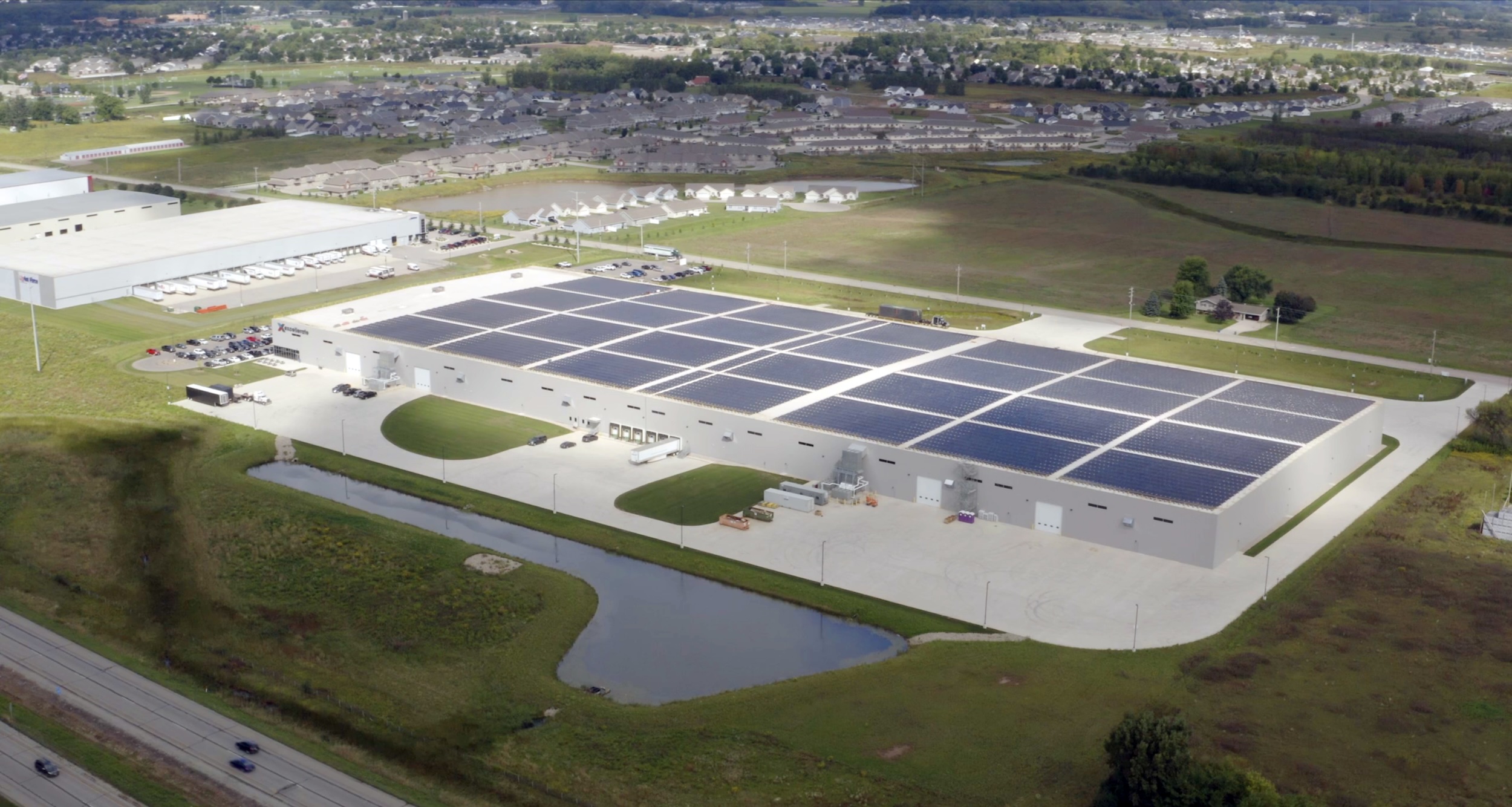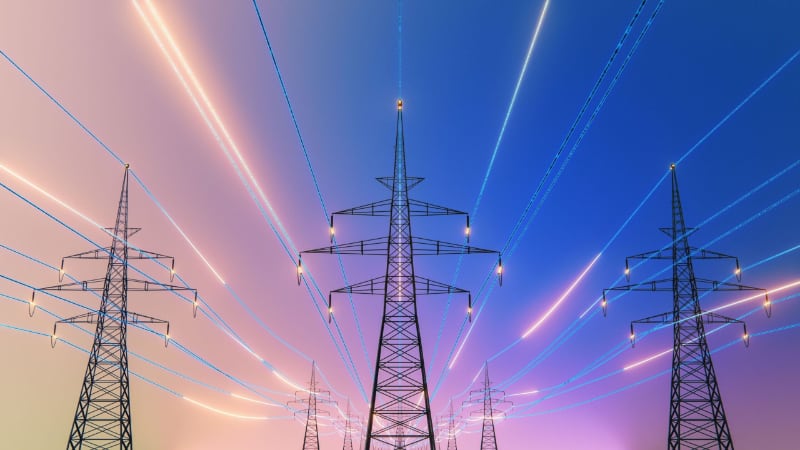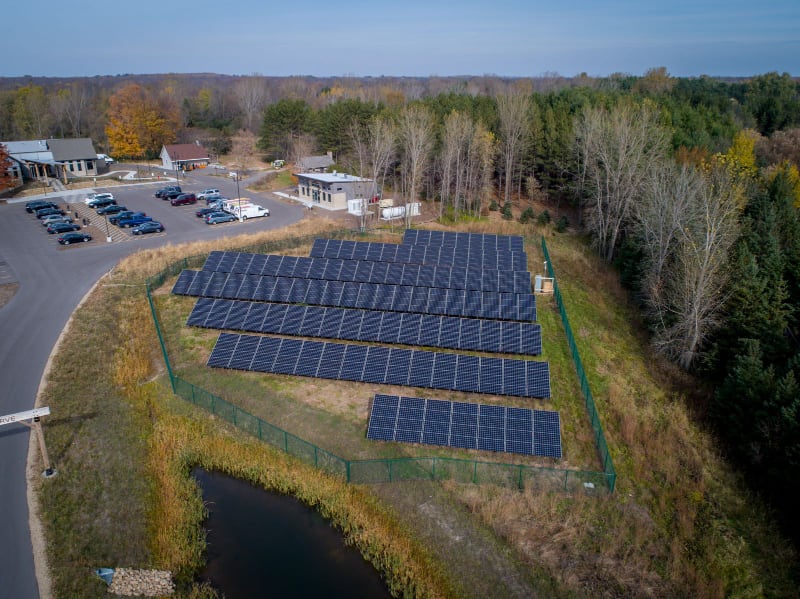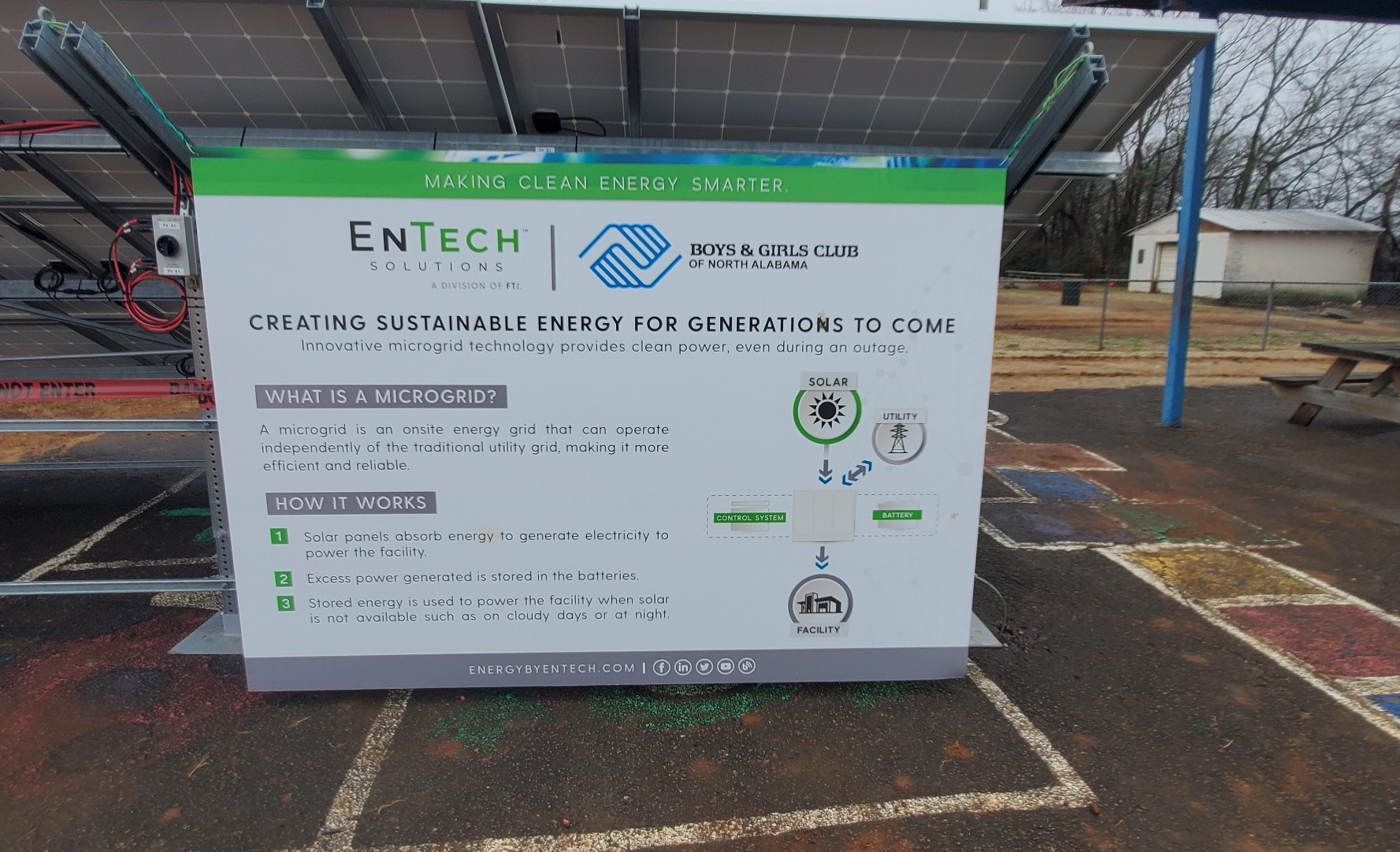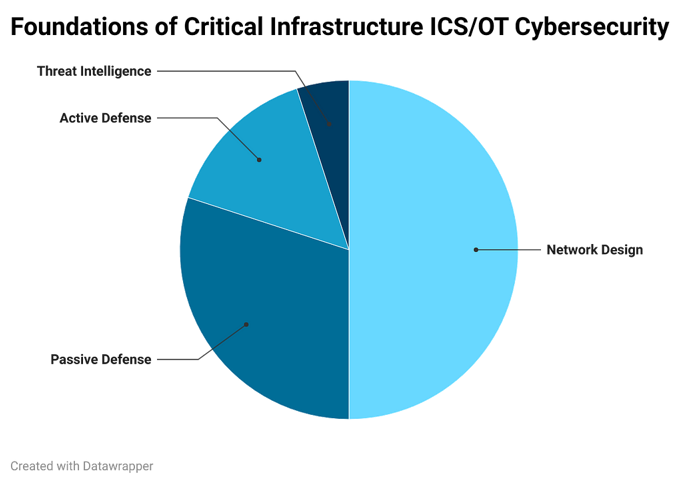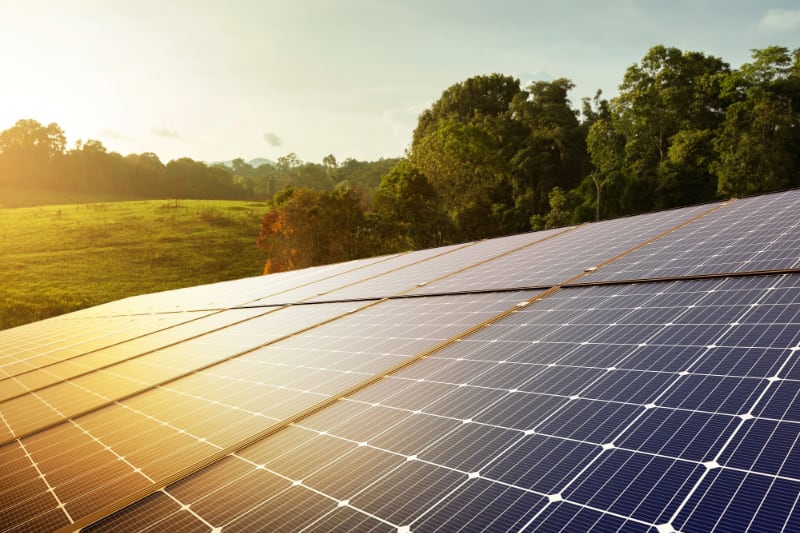
Agrivoltaics, the dual use of land for both agriculture and solar energy production, is a transformative approach that addresses two pressing global needs: sustainable food production and renewable energy generation. This innovative practice involves installing solar panels over crop fields, which creates a symbiotic relationship between agriculture and energy. The value of agrivoltaics extends beyond its immediate benefits, offering long-term solutions for environmental sustainability, economic stability and energy security.
FTI seeks to utilize agrivoltaics in projects as appropriate to achieve a variety of operational, financial and sustainability objectives. With our renewable energy experience and expertise, we support our clients in identifying and optimizing agrivoltaics solutions.
Maximizing Land Use Efficiency
In a world with limited agricultural land and a growing population, the efficient use of space is crucial. Agrivoltaics maximizes land productivity by allowing the same parcel of land to simultaneously produce food and energy. Traditional solar farms require large tracts of land, often leading to conflicts over land use. By integrating solar panels with crop production, agrivoltaics minimizes land competition and optimizes the use of available resources. This dual-purpose approach is particularly valuable in regions where land is scarce or highly sought after.
Enhancing Crop Yield and Quality
Contrary to the assumption that solar panels might hinder plant growth by blocking sunlight, research has shown that the shade provided by these panels can actually benefit certain crops. In hot climates, solar panels offer partial shade, reducing heat stress on plants and decreasing water evaporation from the soil. This microclimate can lead to higher crop yields and better-quality produce. For example, studies have found that crops like lettuce, spinach and certain herbs thrive under the moderated light conditions created by solar panels.
Reducing Water Usage
Agrivoltaics also contributes to more efficient water use in agriculture. The shade from solar panels reduces soil temperature and decreases evaporation rates, which in turn lowers the amount of water needed for irrigation. This is particularly advantageous in arid regions where water resources are limited. Additionally, the cooler soil temperatures help maintain soil moisture for longer periods, reducing the frequency and volume of irrigation required. This not only conserves water but also lowers operational costs for farmers.
Providing Renewable Energy
One of the most significant benefits of agrivoltaics is the generation of renewable energy. Solar panels installed over agricultural fields capture sunlight and convert it into electricity, providing a clean and sustainable energy source. This energy can be used to power farm operations, reducing reliance on fossil fuels and lowering greenhouse gas emissions. Surplus energy can sometimes be sold back to the grid, providing an additional revenue stream for farmers. This integration of renewable energy into agriculture supports the transition to a low-carbon economy and helps combat climate change.
Economic Benefits for Farmers
Agrivoltaics presents a lucrative opportunity for farmers, offering multiple income streams from both crop sales and energy production. The additional revenue from selling surplus electricity can help offset the costs of farming, making agricultural operations more financially sustainable. Furthermore, the installation and maintenance of solar panels can create local jobs, boosting rural economies. Farmers also benefit from greater energy independence, reducing their vulnerability to energy price fluctuations.
Environmental and Social Impact
The environmental benefits of agrivoltaics extend beyond reducing greenhouse gas emissions. By promoting sustainable land use and efficient resource management, agrivoltaics helps preserve natural habitats and biodiversity. The practice also fosters community resilience by ensuring a stable supply of both food and energy. It encourages innovation in agricultural practices and renewable energy technologies, driving progress toward a more sustainable and equitable future.
Conclusion
Agrivoltaics is a powerful solution to some of the most pressing challenges of our time. By harnessing the sun’s energy twice—once for electricity and once for food production—this innovative approach maximizes land use, enhances crop yields, conserves water and provides renewable energy. The economic, environmental and social benefits of agrivoltaics make it a valuable strategy for sustainable development, offering a pathway to a greener and more resilient future. As we strive to balance the demands of food security and clean energy, agrivoltaics stands out as a valued solution to meet many needs.
For more information on integrating renewable energy into your agricultural property, contact us today.
If you enjoyed this blog article, please subscribe to stay up to date on the latest industry news from our experts at FTI.



